The selection of calibration gas in the calibration process of flammable gas detectors is a critical factor that directly affects the accuracy of calibration results and the long-term performance of the equipment. This article analyzes the selection of calibration gases, the issue of conversion factors, and related standards. Special attention is given to the feasibility of using isobutane as a substitute for toluene in calibration.
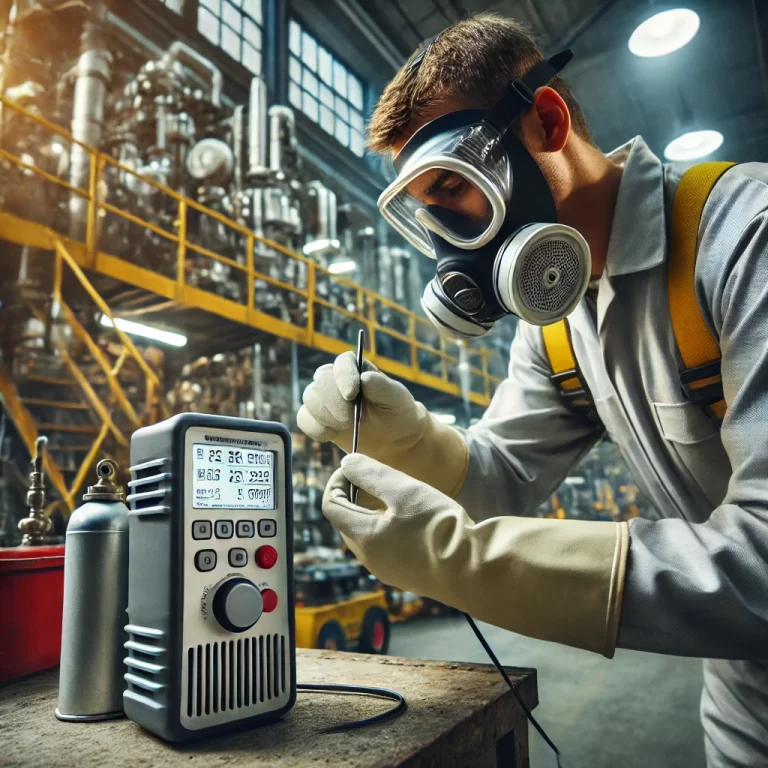
1. Importance of Calibration Gas Selection
In the calibration process of gas detectors, the ideal approach is to use standard gases identical to those used in actual applications. For toluene gas detectors, toluene should be the calibration gas because the molecular characteristics of different gases (e.g., density, volatility, thermal conductivity) affect the detector’s response. Using non-standard gases may introduce measurement biases and compromise the detector’s accuracy.
2. Feasibility of Using Isobutane as a Substitute for Toluene
Although it is ideal to use calibration gases identical to the actual gases, some detectors are designed to allow calibration with other flammable gases (e.g., isobutane) that have similar response characteristics to toluene. Isobutane, as a common flammable gas, shares certain response similarities with toluene and can potentially be used as a substitute.
However, when substituting isobutane for toluene, it is essential to adjust the detector’s response characteristics through a conversion factor. A conversion factor is determined through calibration experiments or existing data and is used to account for the response differences between the two gases. For gases like toluene and isobutane, this factor must be experimentally verified to ensure accurate measurement of toluene concentrations.
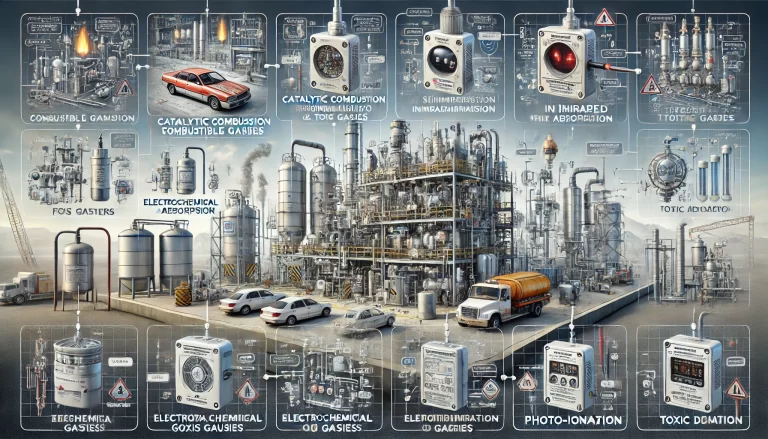
3. Challenges with Conversion Factors
Using isobutane as a calibration gas introduces the need for conversion factor calculations. These factors correct the detector’s response discrepancies arising from differences in thermal conductivity, volatility, combustion properties, and other characteristics of the gases. For instance:
Thermal Conductivity: The variance in heat conduction properties affects sensor readings.
Volatility: Differences in evaporation rates can influence the gas concentration around the sensor.
Combustion Characteristics: Variations in flammability and combustion properties alter the sensor’s signal.
To ensure accuracy, reliable experimental data must support these conversion factors. However, as observed in real-world scenarios, some metrology institutions or calibration facilities may lack the resources or experimental support to determine precise conversion factors. For example, provincial metrology institutes may face difficulties providing users with these factors or calibration support, making calibration with non-standard gases challenging.
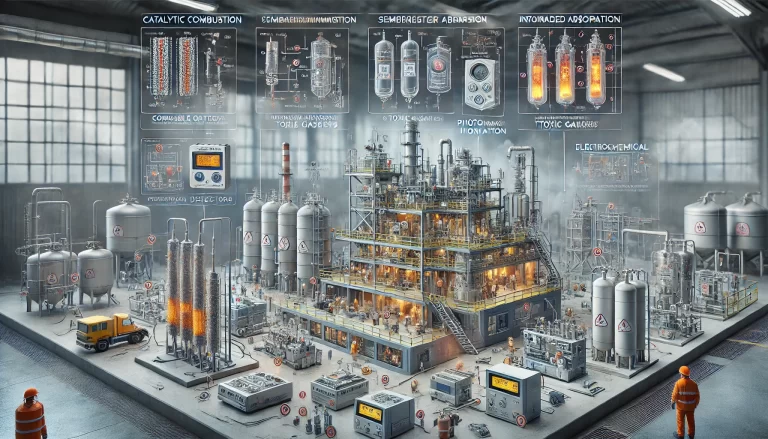
4. Standards and Normative Requirements
Both Chinese and international standards emphasize the importance of using calibration gases identical to actual application gases. Common standards include:
GB/T 15322-2003: Performance Requirements and Test Methods for Combustible Gas Detectors: This standard explicitly states the performance testing and calibration methods for combustible gas detectors. It requires calibration gases to match the actual detection gases as closely as possible.
ISO 6145: Standard for Calibration Gas Selection in Gas Detectors: This international standard provides guidelines on selecting calibration gases for gas detection instruments and highlights the relationship between gas type and detector response.
These standards prioritize the use of identical gases for calibration to ensure detector accuracy and performance. For non-standard substitutes, conversion factors must be applied, relying on professional calibration experiments and data.
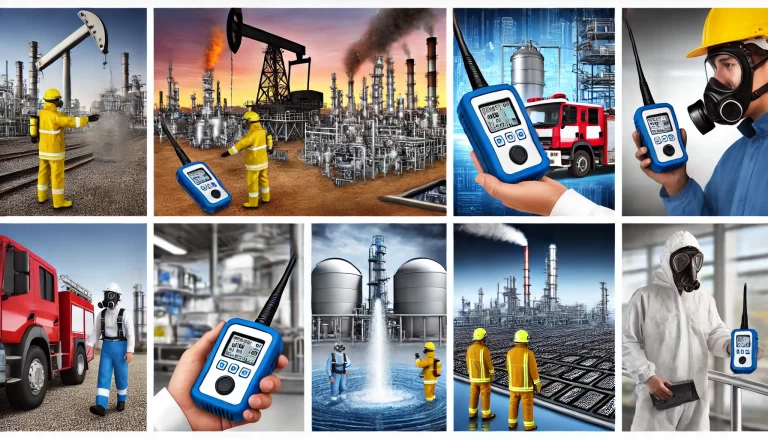
5. Recommendations and Solutions
To address the challenges of using isobutane as a substitute for toluene in calibration, the following solutions are proposed:
Collaboration with Metrology Institutes:
Collaborate with provincial metrology institutes or similar organizations to provide experimental data or references demonstrating the response similarities between isobutane and toluene.
Advocate for the acceptance of isobutane as a calibration gas under specific conditions.
Manufacturer Support:
Engage with equipment manufacturers to obtain detailed data on detector responses to various gases.
Request manufacturers to provide verified conversion factors for isobutane and toluene.
Strict Adherence to Standards:
If conversion factors or experimental data are unavailable, follow standard requirements and use toluene as the calibration gas. This approach ensures compliance with metrological standards and avoids inaccuracies caused by improper calibration.
Selecting Appropriate Calibration Gases:
Work with gas suppliers to secure standard gases that meet calibration requirements.
When toluene is unavailable, identify alternative gases that closely match its response characteristics and validate their use through testing.
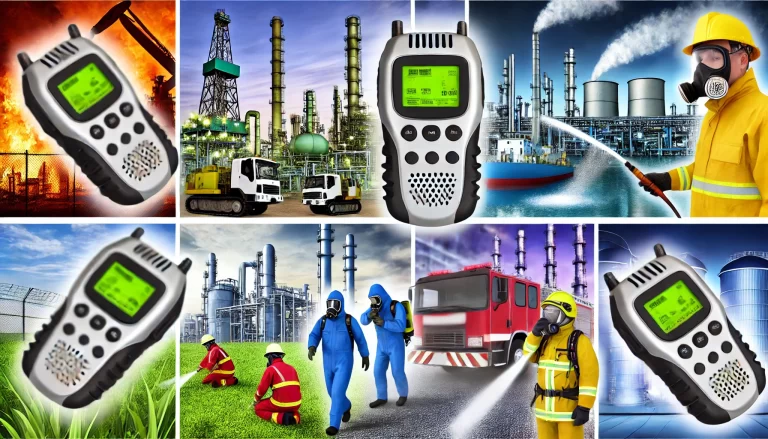
6. Conclusion
Using calibration gases identical to those in actual applications is the best practice for ensuring the accuracy of flammable gas detectors. While using isobutane as a substitute for toluene is technically feasible, it requires reliable conversion factors to account for response differences. In cases where metrology institutions cannot support conversion calculations, adherence to standard requirements with toluene is recommended. Alternatively, close collaboration with manufacturers and metrology institutes can help validate substitutes and ensure calibration accuracy.
These recommendations aim to address challenges in calibration processes and provide actionable solutions for achieving metrological compliance and operational reliability. For further guidance, it is advised to consult with relevant institutions and leverage available technical resources.
